From the Castle

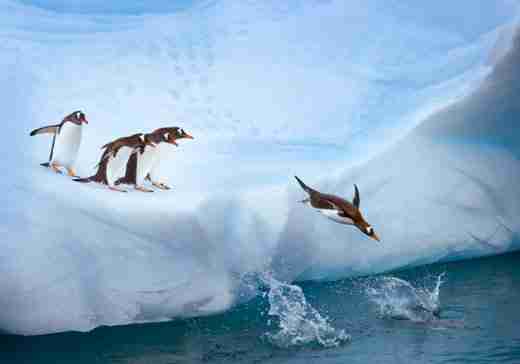
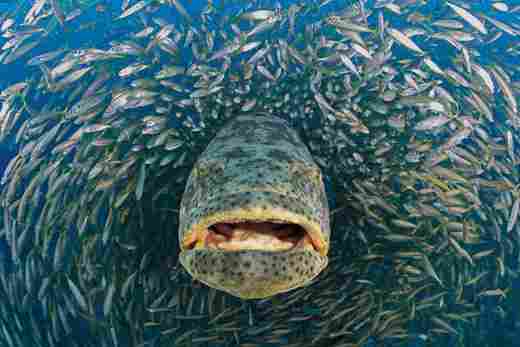
At the recent Smithsonian Folklife Festival, NASA astronaut Loren Shriver was asked what struck him most about Earth from space: "When you're circling the Earth every 90 minutes, what becomes clearest is that it's mostly water; the continents look like they're floating objects." We should actually think of the oceans as the ocean , since they are one interconnected global system. The ocean is essential to all life; it shapes our climate and weather through an intricate pattern of currents and heating and cooling mechanisms that we are only now beginning to understand. But the ocean is showing alarming strains caused by pollution, overfishing, invasive species and climate change.
These are some of the important issues that visitors to the new Sant Ocean Hall at the National Museum of Natural History will learn about. This spectacular hall will open on September 27 and will be the largest exhibition at NMNH. Benefactor (and Regents chair) Roger Sant explains that it "will help us understand the role we all can play in preserving the ocean for generations to come." Visitors will be immersed in scenes of ocean life as they watch high-definition movies on multiple screens high overhead. "Science on a Sphere" will project satellite data onto a large globe developed by the hall's major partner, the National Oceanic and Atmospheric Administration. Visitors will also join scientists on a virtual submersible tour of the deep ocean. A 45-foot model of a North Atlantic right whale will look down on a giant squid, a coral reef aquarium and a display highlighting NMNH's vast marine collections. A magnificent book with 320 pictures and 28 maps, Smithsonian Ocean: Our Water, Our World , by acclaimed science and nature writer Deborah Cramer, is being published in conjunction with the opening of the new hall .
Another new NMNH exhibition is "U.S. states and territories. "Dig It!" continues through January 3, 2010, then travels to cities across America. I welcome you to these remarkable exhibitions about topics critical to our future as a species.
G. Wayne Clough is Secretary of the Smithsonian Institution.
Richard Misrach’s Ominous Beach Photographs
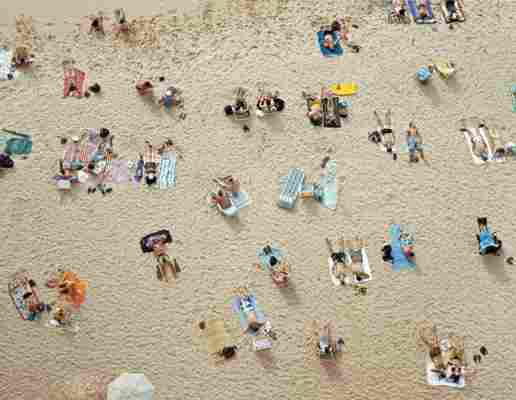
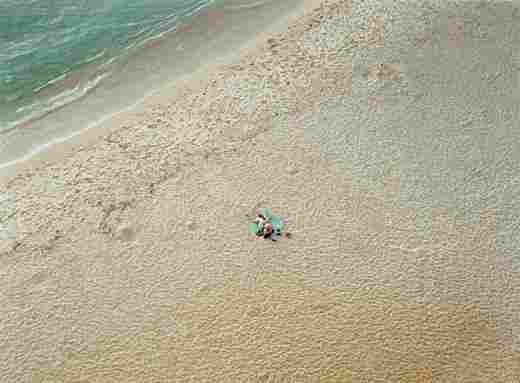
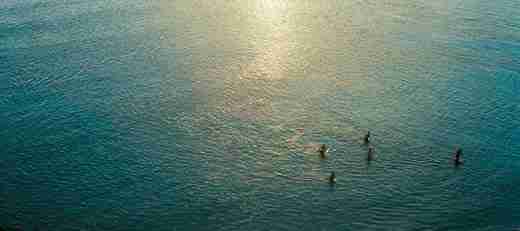
You might think that Richard Misrach took the photographs on these pages while hovering over different beaches around the world. But he actually shot them all from the same high-rise hotel in Hawaii. Misrach, a 59-year-old fine arts photographer known for his pioneering work with color and unsparing images of the despoiled American West, says he enjoyed the lofty perspective from the hotel's balconies: "I always thought about it as being a god's-eye view, looking down and seeing these amazing human interactions."
Though the connection may not be obvious, his pictures of people relaxing and playing were deeply influenced by the events of September 11, 2001. That morning, Misrach, who lives in Berkeley, California, happened to be in Washington, D.C., which was shaken by the attack on the Pentagon, and he was anxious about his son, Jake, then a freshman at New York University. He finally reached Jake and was able, a few days later, to drive up to Manhattan. "I went in at night past blockades and got into the city," he says. "There was still ash falling from the sky. It was really eerie. I found Jake and took him to a friend's house outside the city."
After returning to California, Misrach decided to go ahead with a planned trip with his wife, Myriam, to Hawaii, where they had often vacationed. But he was "haunted by the whole experience in New York," he said at the Art Institute of Chicago (the show's organizer). "It changed the way I looked at everything." So even his picture of a lone couple on a beach can be vaguely unsettling: their isolation underscores their vulnerability, and the photographer's long-range viewpoint is clearly that of someone watching . It's no accident that the title Misrach gave to the exhibition and book of photographs taken in Hawaii over four years is "On the Beach," from the 1957 Nevil Shute novel about life after a nuclear holocaust.
The photographs are, in a word, stunning: the largest measure 6 by 10 feet and are so detailed you can read the headlines on a beachgoer's newspaper. To create the pictures, Misrach used a view camera that holds 8-by-10-inch negatives, which, he says, "give you a level of definition that you'd never get with a 35-millimeter camera." He scanned the negatives into a computer, and sometimes digitally removed people, heightening the feeling of isolation. When he was satisfied with an image, it was burned with lasers onto photographic paper that then went through a chemical developing process.
These ambiguous pictures would appear to be a departure from his best-known series, including the politically overt "Cancer Alley" of 2000, which exposed industrial pollution along the Mississippi River, and his 1990 "Bravo 20," about the devastating environmental effects of bomb tests at a U.S. Navy range in Nevada. The beach images "seem much more beautiful, almost in a way more soft than some of his other work," says Sarah Greenough, photography curator at the National Gallery of Art in Washington, D.C., where the show is on view through September 1, before moving to the Henry Art Gallery in Seattle and the High Museum of Art in Atlanta. "After you look at them for a while, though, they are hardly soft at all. There really is something very ominous going on."
Misrach says the new work is of a piece with his focus on people and the environment. But, he says, "it is much more about our relationship to the bigger sublime picture of things."
Kenneth R. Fletcher is the magazine's editorial intern.
Most Likely To
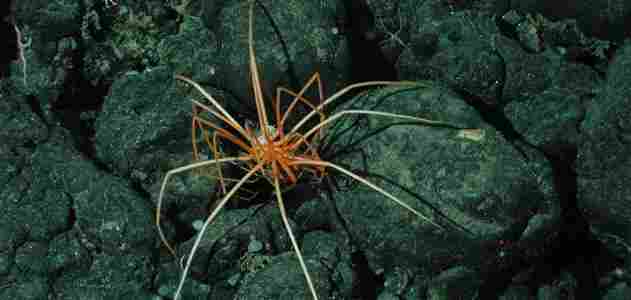
In the Ocean Hall some 100 sea creatures reside preserved in glass jars. Each specimen has its own unique traits, and together the collection represents the vast diversity of sea life. Here is a quick guide to the standouts of the "Ocean Hall Class of 2008."
Most Likely to Get Ahead The monkfish, whose head makes up 75 percent of its body.
Most Likely to Stick it to the Man Cone shells. These mollusks inject their unsuspecting prey with a fast-acting poison.
Best Accessorized The Johnson's black anglerfish, which lures prey into its mouth with a small phosphorescent light that dangles from its forehead.
Most Likely to Go Places The purple bubble raft snail, which drifts on a dinghy of self-created bubbles.
Most Down and Dirty Acorn worms, which burrow in sand, sediment and mud. Some are as long as eight feet.
Most Likely to Star in a Horror Movie The giant sea spider, whose long mouthpart sucks the tissue out of its invertebrate prey.
Best Holiday Spirit The Christmas tree worm, which extends pine-tree-like plumes to eat and breathe.
Most Colorful Character Flatworms. These sluglike invertebrates come in a host of brilliant hues and patterns.






Post a Comment